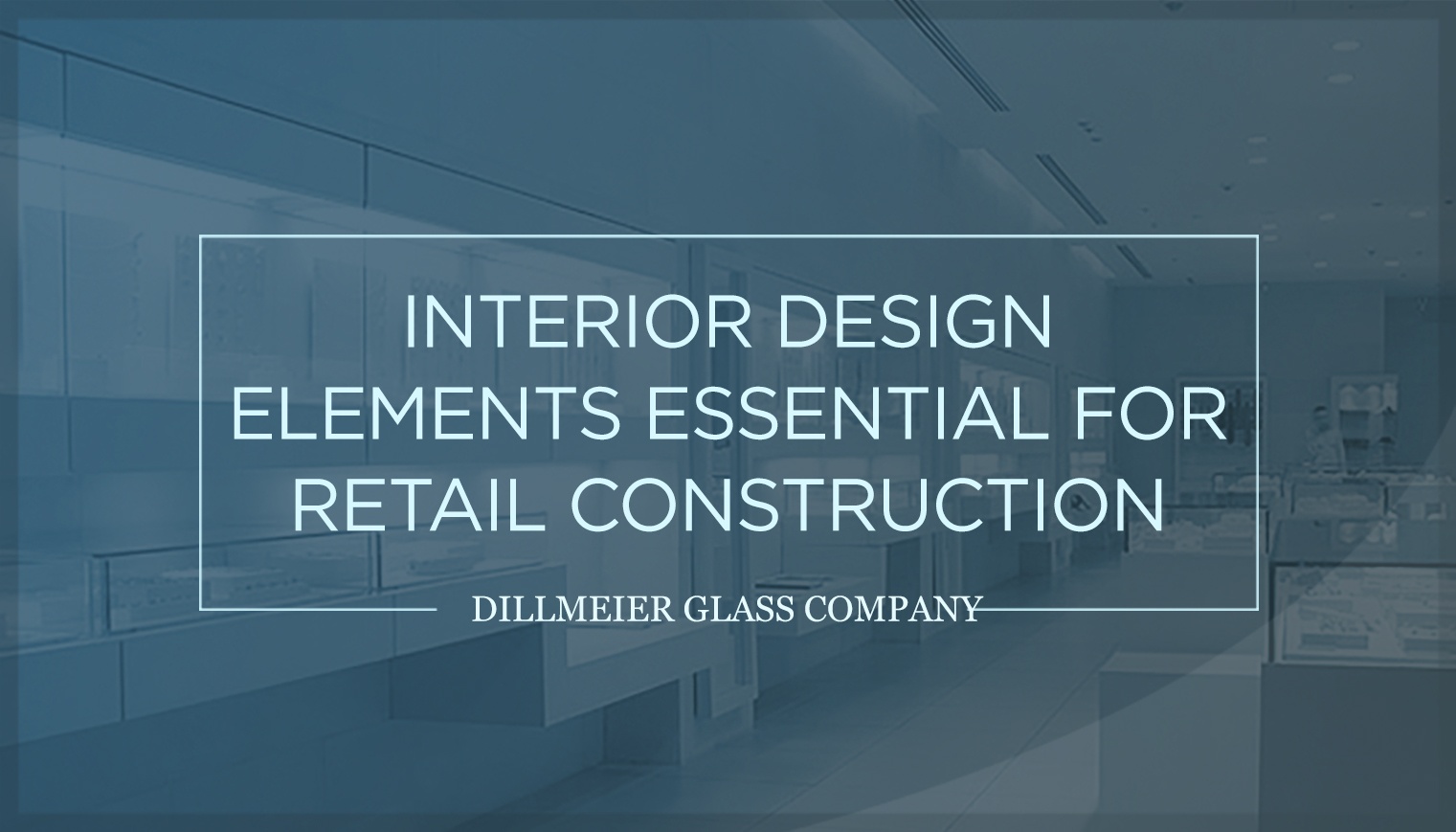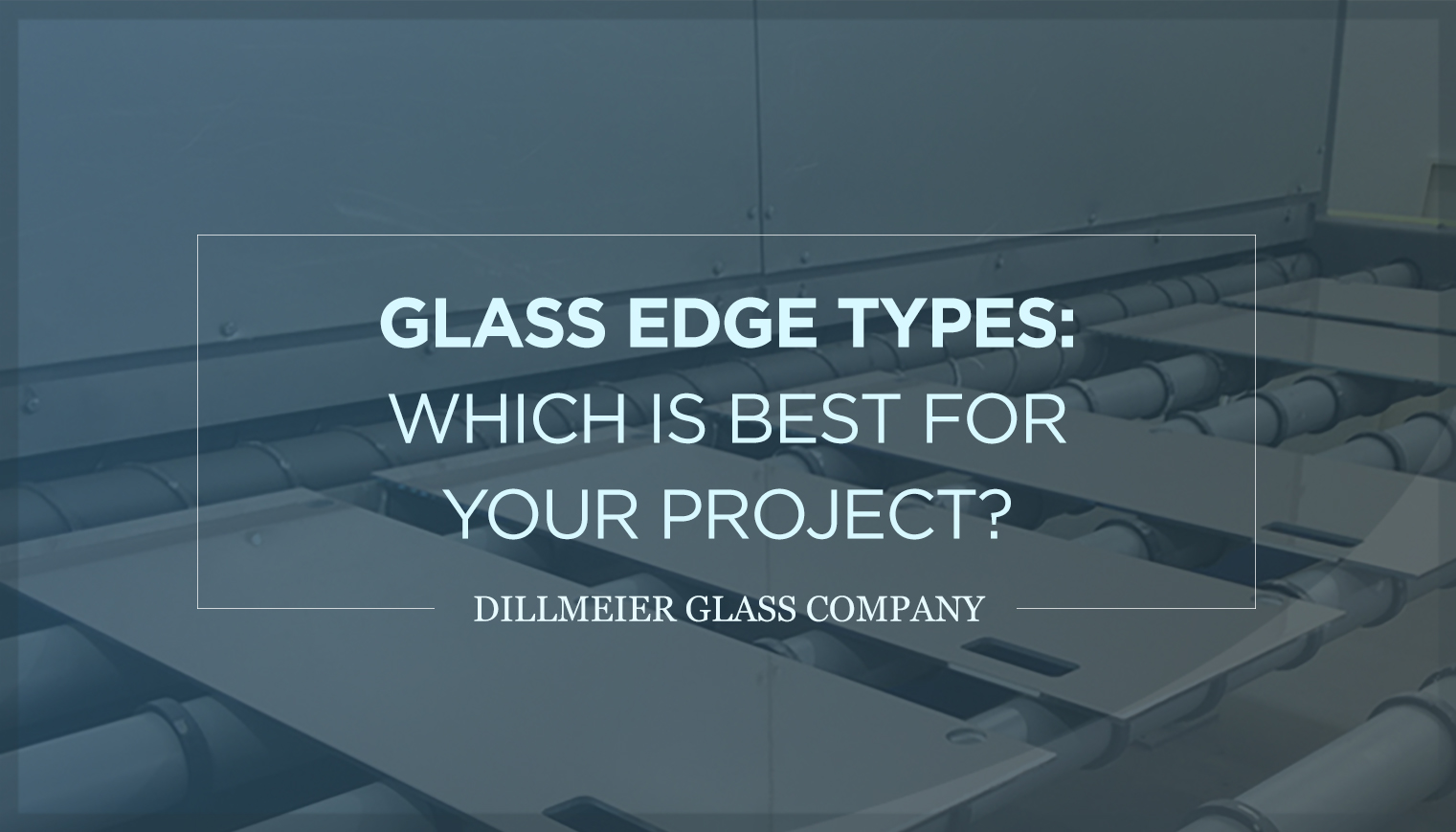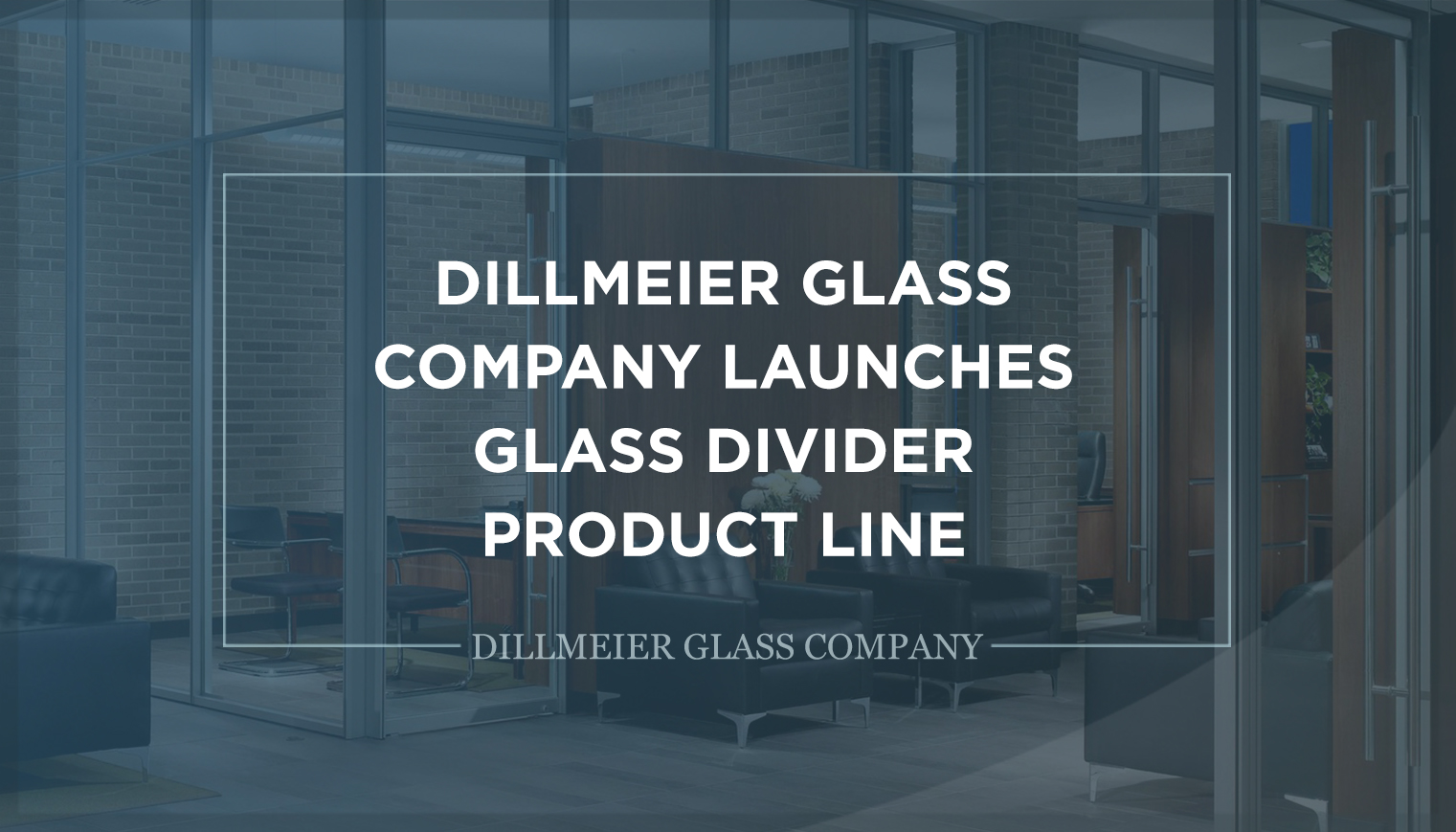Interior Design Elements Essential for Retail Construction

For a retail store to be successful, more money needs to come in than go out. This requires consistent sales and a healthy profit margin. While there are plenty of steps retailers can take to boost sales—such as establishing a strong online presence, creating a customer loyalty program and investing in an omnichannel solution—they can't forget about their store’s interior design.
A retail store's design plays a significant role in its overall perception and branding, as does the atmosphere it provides consumers. Experienced store fixture manufacturers understand the impact of their decisions, which is why they specialize in creating the most stunning and effectively crafted retail interiors. However, while manufacturers recognize that every commercial client is different, there are some features that are universally beneficial.
Here are several interior design elements that should be considered during every retail construction project:
STRIKING COLORS AND PATTERNS
Vivid color schemes and design patterns in a retail environment make a statement, not to mention a memorable experience for customers to share within social networks.
Deloitte, a company specializing in audit, consulting, advisory and tax services, compiles an annual report that focuses on “the art and science of customers.” In its Global Powers of Retailing 2017 report, it highlights another company's success story to exemplify this concept's effectiveness. T2 is an Australian-based tea shop that has gone global thanks to its creation of an “authentic, shareable experience to further personalize their brand,” states the report.
“For the last five years, coffee sales (and the photogenic frothy latte) have outpaced tea sales in almost every country," it continues. "T2 sought to change all that by bringing the 'hip' back to tea. It designed packaging and in-store experiences that pop with vibrant colors and bold patterns, which make for visually appealing social media posts.
"T2 boasts a loyal social media following which helped it grow from one store in Melbourne in 1996 to a global brand, acquired by Unilever in 2013,” it adds.
VISUAL MERCHANDISING THROUGH DISPLAYS AND ANALYTICS
As discussed in a November 2017 article in Forbes, visual merchandising makes or breaks the in-store experience. The colors and patterns incorporated into a design not only play a hand in visual merchandising, but other aspects as well.
Remember: It’s not just about the products on the shelves or retail display cases (although they are certainly important to ensuring happy customers). Instead, “it’s about awareness of an increasingly complex shopping environment,” explains the article. “The customer doesn’t just buy the product. They buy the experience.”
The aesthetics of a brick-and-mortar store is a key part of creating an effective visual merchandising strategy. For instance, clutter can overwhelm customers. Taking the necessary steps to eliminate such an occurrence may involve “limiting signage,” and even stocking minimal merchandise, like Nordstrom, the article points out.
Furthermore, utilizing “real-time analytics in new ways” to enhance the in-store shopping experience for customers is another component of visual merchandising. For example, some retailers are actually “hiring climatologists," it explains, "to help them make better supply chain decisions such as what materials make sense for the season, and how much customers might be willing to pay.”
'GREEN' ELEMENTS
Nowadays, going so-called "green" with renewable energy and sustainable design elements is a big part of retail construction. Financial informant The Balance addresses this in a January 2018 article, emphasizing the importance of sustainability among retailers due to consumers’ growing awareness “of their overall impact on our communities.” This is probably why becoming LEED-certified is a high priority for businesses—the acronym standing for Leadership in Energy and Environmental Design.
Not only does going green bolster positive perceptions among retail customers, according to the article, it can also help retailers “become more efficient and save money in the process.”
This doesn’t just involve incorporating natural elements into the interior design, either. The article lists numerous additional ways retailers can embrace sustainability. Using “eco-friendly cleaning products that are biodegradable and non-toxic” and recycling “paper, plastic, aluminum, ink cartridges” are just two suggestions.
While interior design trends in retail construction are constantly changing, there are some elements that seem to stick around—and for good reason. As a result, it’s important to understand why these components are important, and how to communicate this to your clients.
Are you a store fixture manufacturer who needs exceptional glass retail displays for your next commercial client? Contact Dillmeier Glass Company Today!


